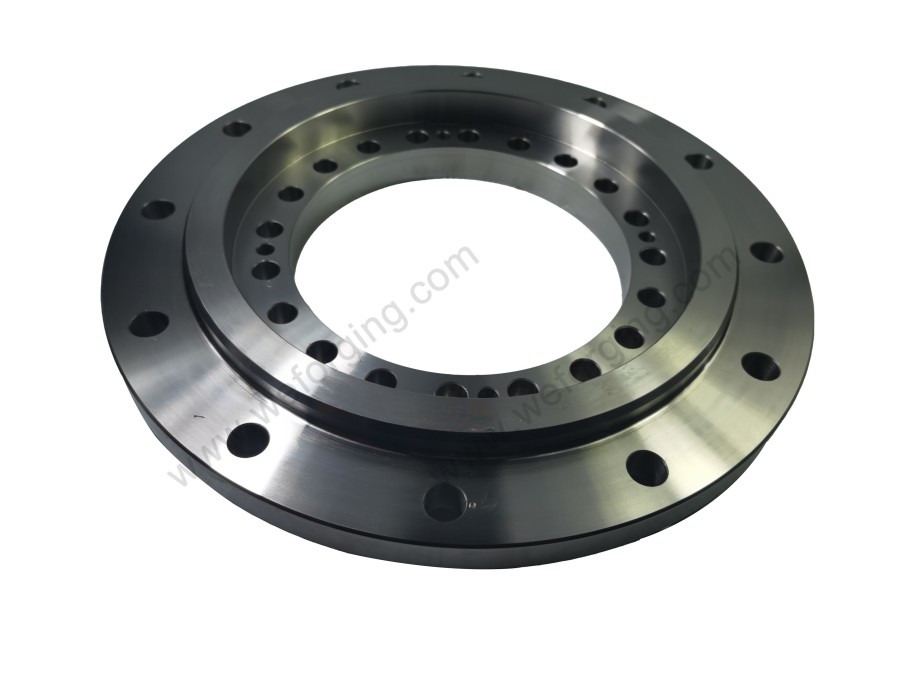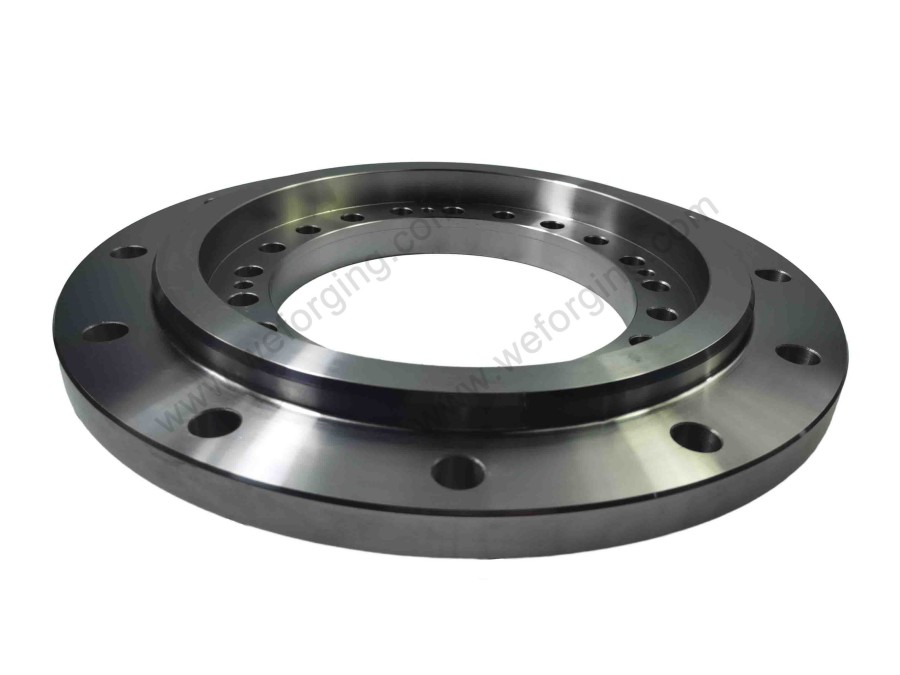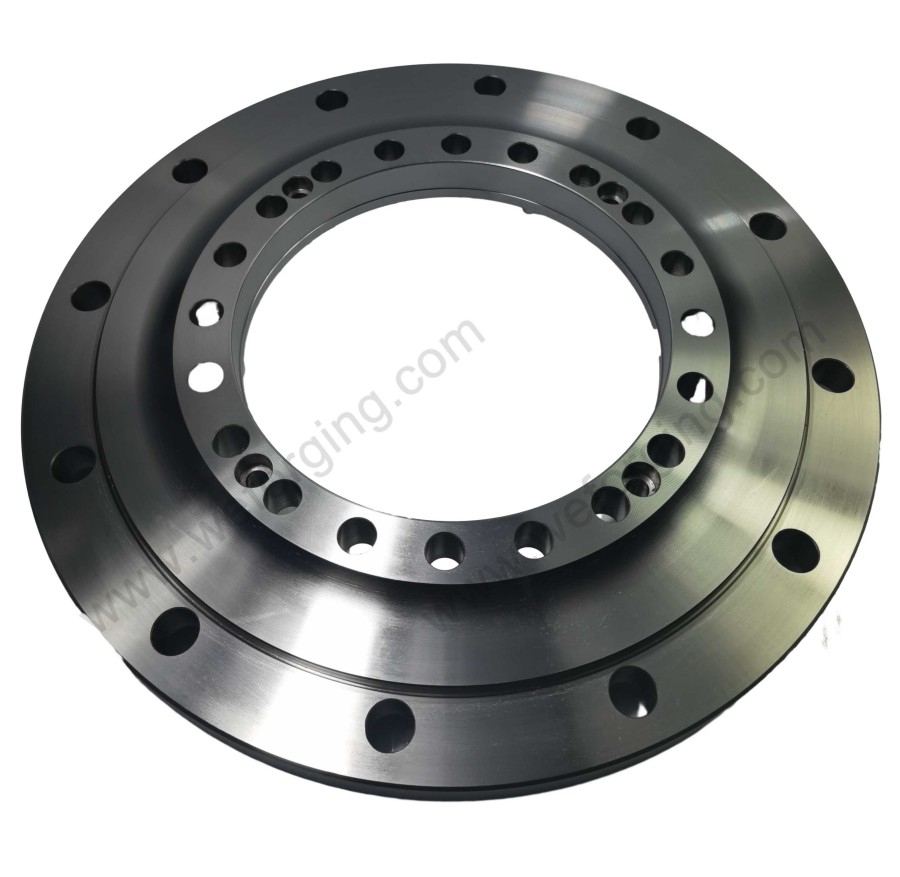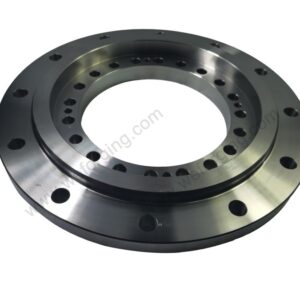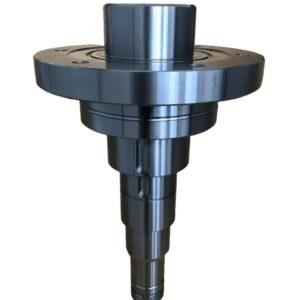Seamless Rolled Ring Forgings: The Heartbeat of Heavy Industry
When a Single Crack Costs $1.2 Million Per Hour
Picture this: At 3 AM in a Chilean copper mine, a 400-ton excavator’s slewing ring cracks. Not because of overload—but because a hidden sulfide inclusion in forged steel grew into a stress fracture. That’s where our rings differ. We start with vacuum-arc remelted 4340 steel, sucking sulfur down to 0.001%—like removing one grain of sand from a cement truck. The result? Rings that survived 18 months in Rio Tinto’s crushers without a micron of fatigue pitting.
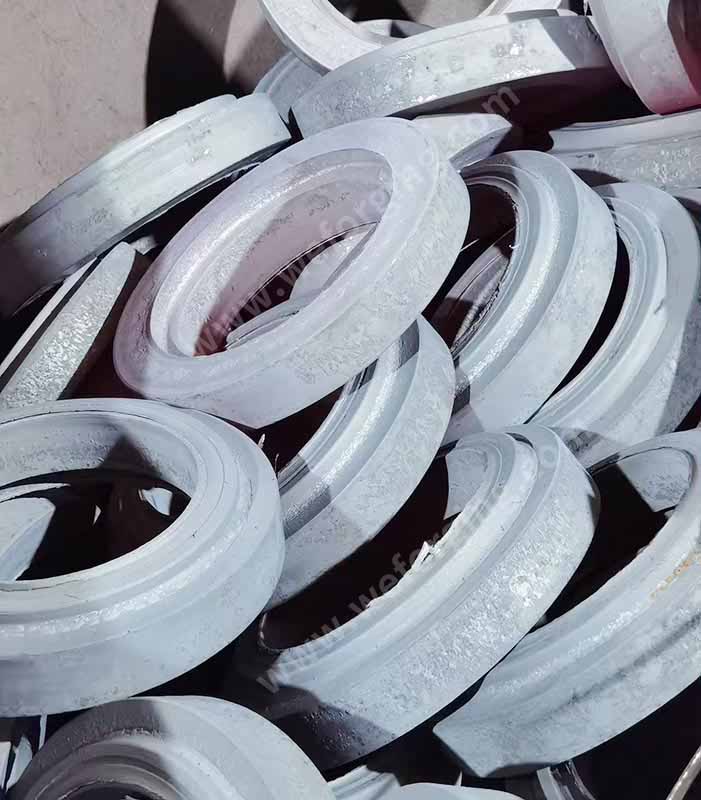
The 72-Hour Transformation: From Billet to Beast
Day 1: Metallurgical Purification
Material Alchemy: ESR-remelted ingots cooled at 15°C/hour to prevent segregation
Proof: Inclusion rating report per ASTM E45 Method D (Type A <0.5)
Day 2: The Rolled Ring Forged
Our radial-axial ring mill dances at temperatures NASA uses for rocket nozzles:
plaintext
1. Piercing at 1,150°C → 1,000-ton punch creates the void
2. Rolling under infrared eyes → Mandrels stretch steel while lasers measure growth
3. Calibration at 850°C → Final dimensions locked within ±1.5%
Why it matters? Grain fibers flow in uninterrupted circles—like tree rings under a microscope. This boosts fatigue strength 30% over cut rings.
Day 3: Precision Machining’s Secret Weapon
We machine before final heat treatment—a heresy to competitors but our edge:
Step 1: Stress relief at 650°C for 8 hours
Step 2: CNC boring with laser feedback compensation
Step 3: Gear grinding
Material Wars: Why SAE 8620H Steel Conquers Arctic Hell
8630 Steel Ring
Corrosion Res 7/10 9/10 10/10
Data from ASM Handbook Vol 4 (2023), tested at NIST
Real-World Verdict: For Antarctic wind turbines, we chose 8620 + liquid nitriding.
